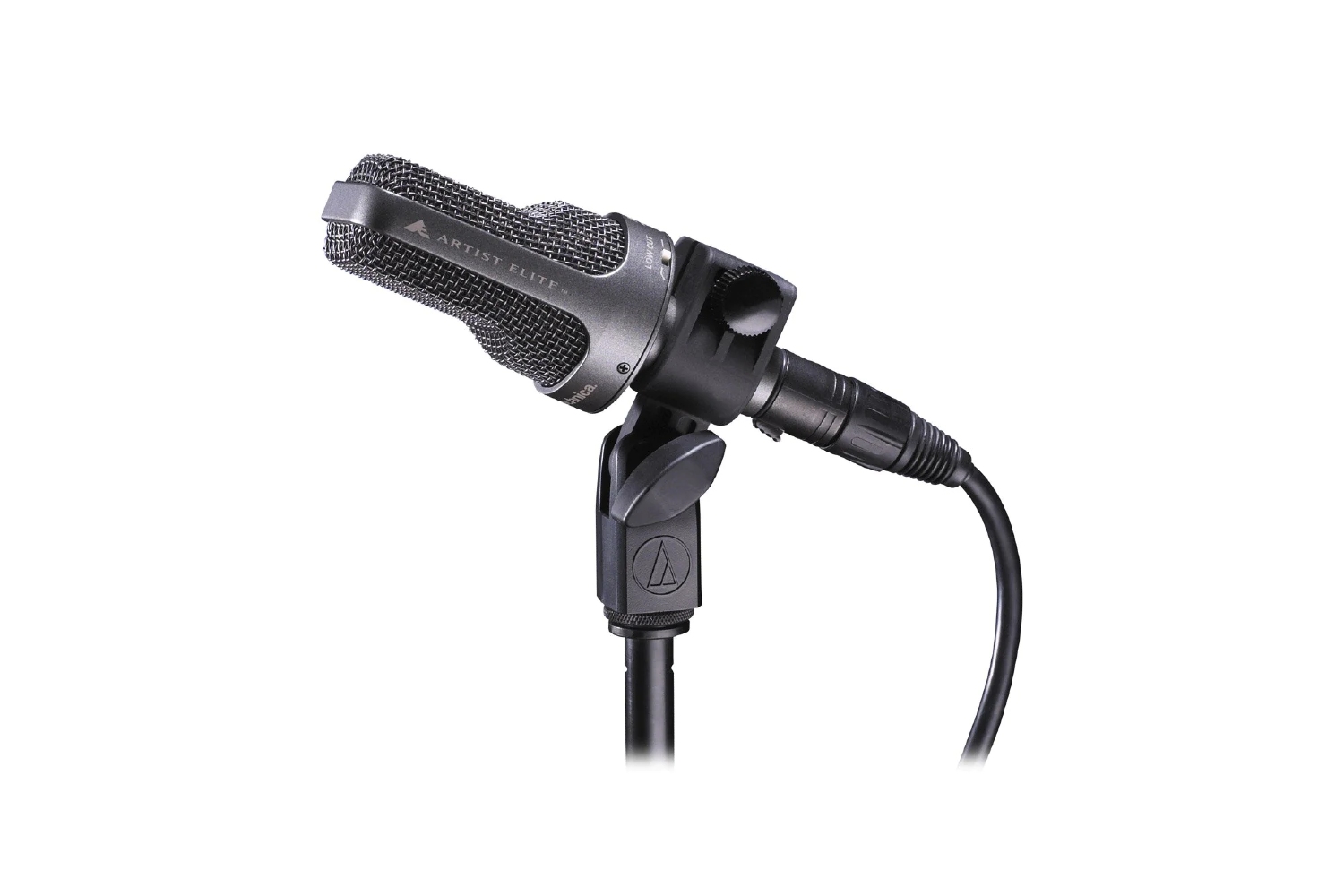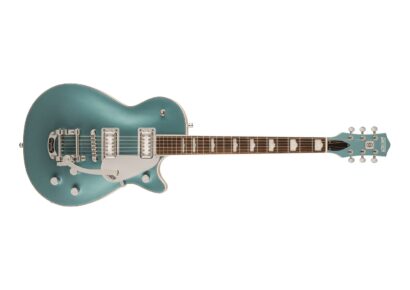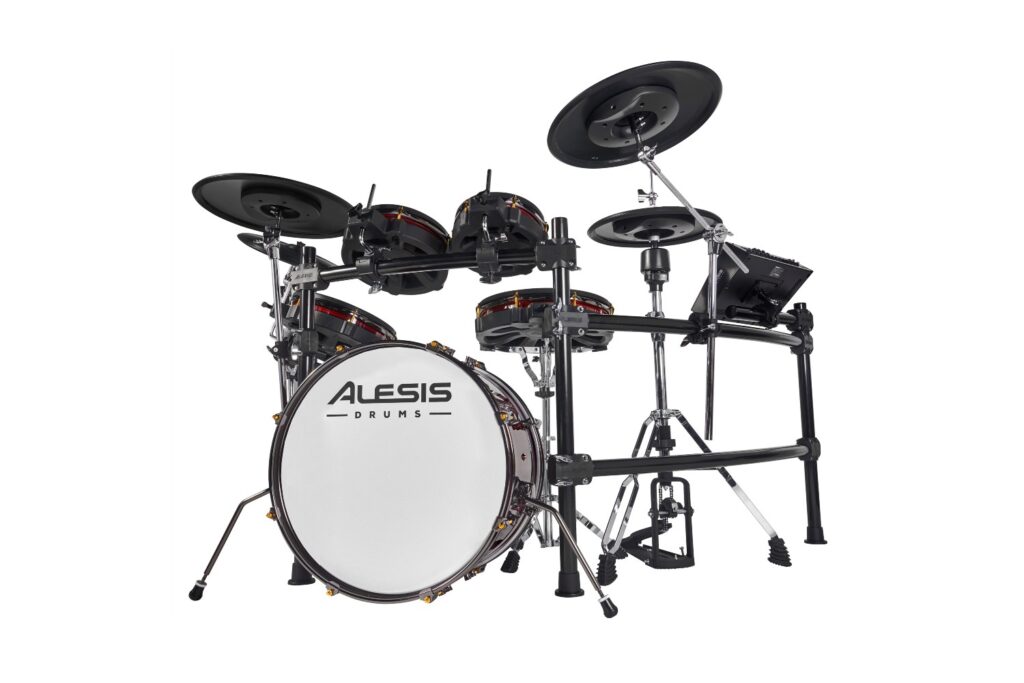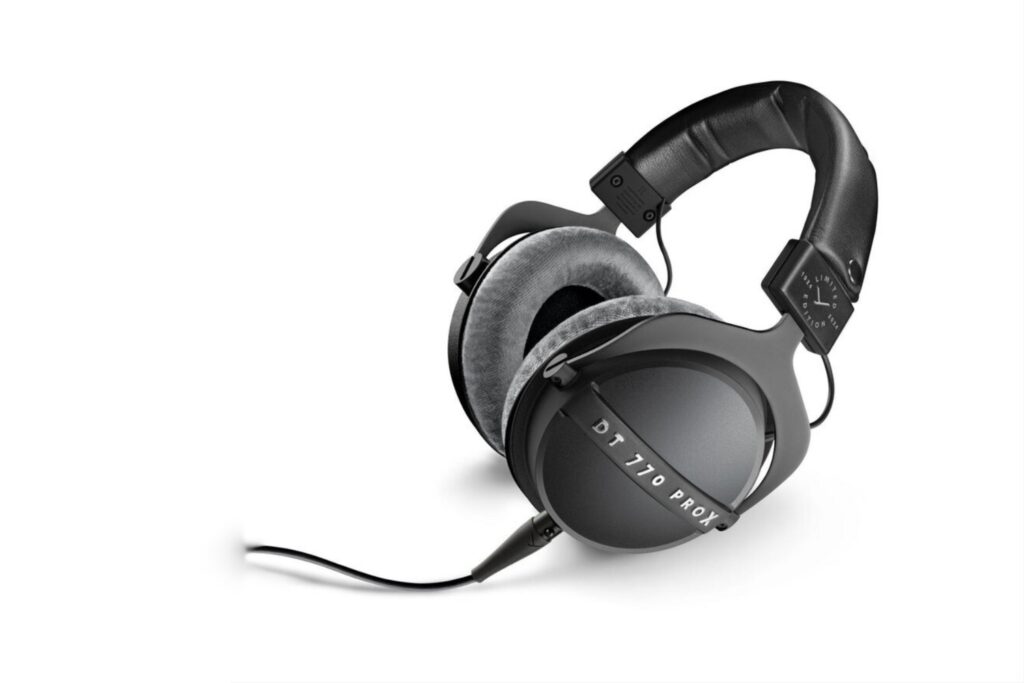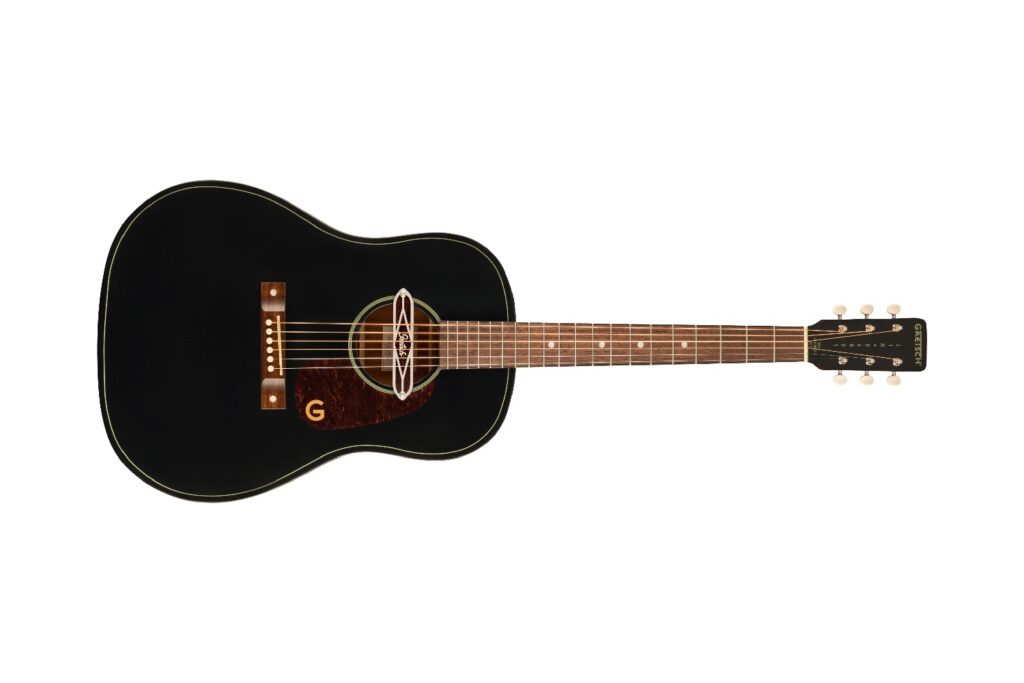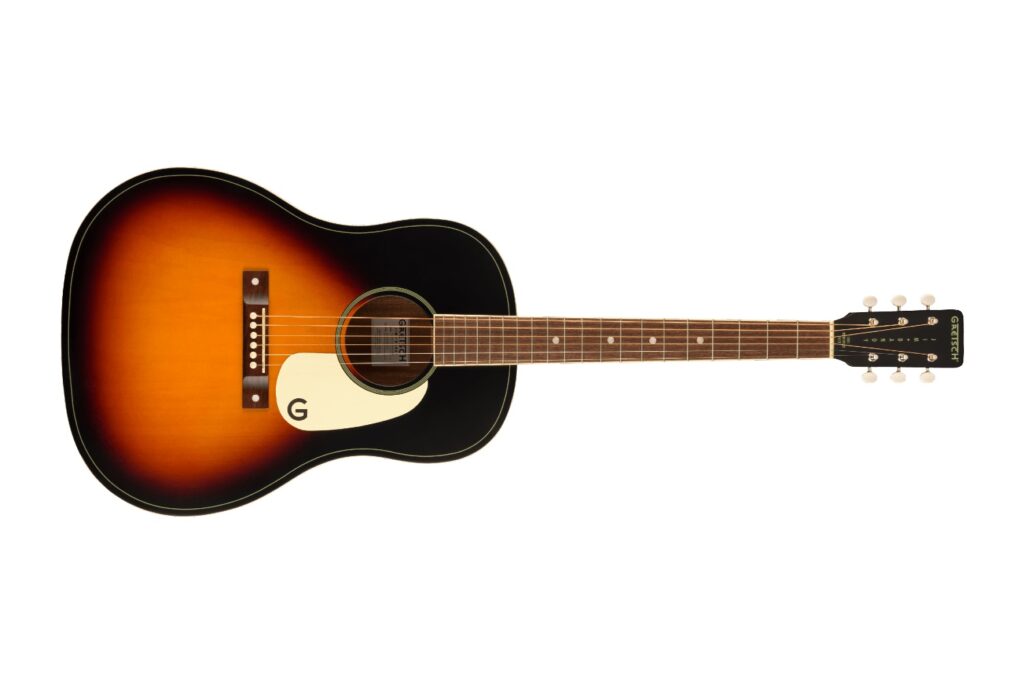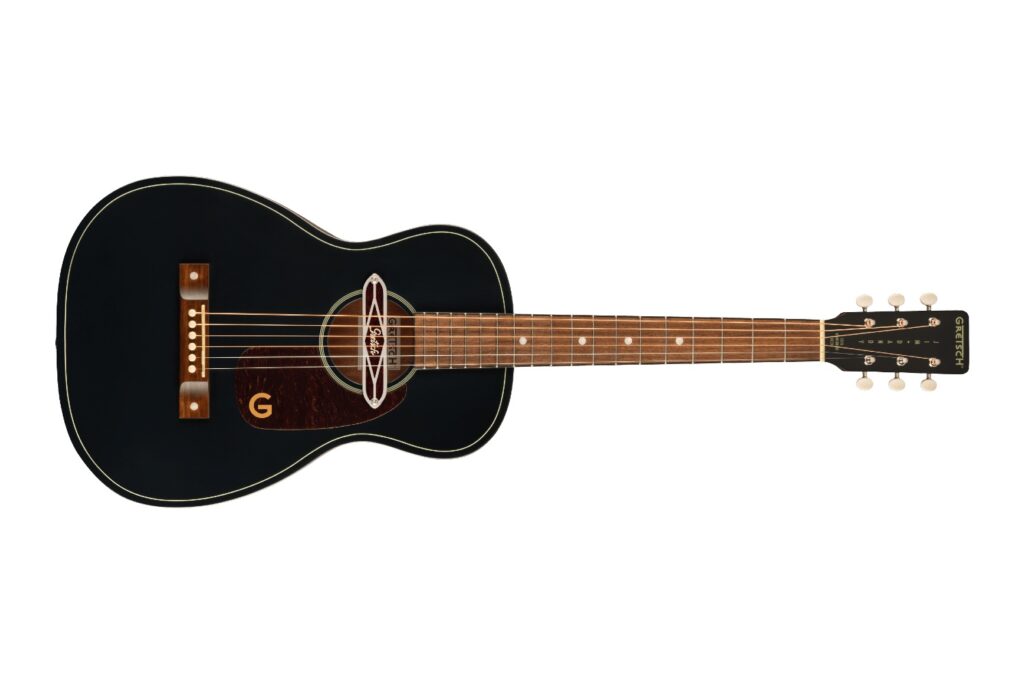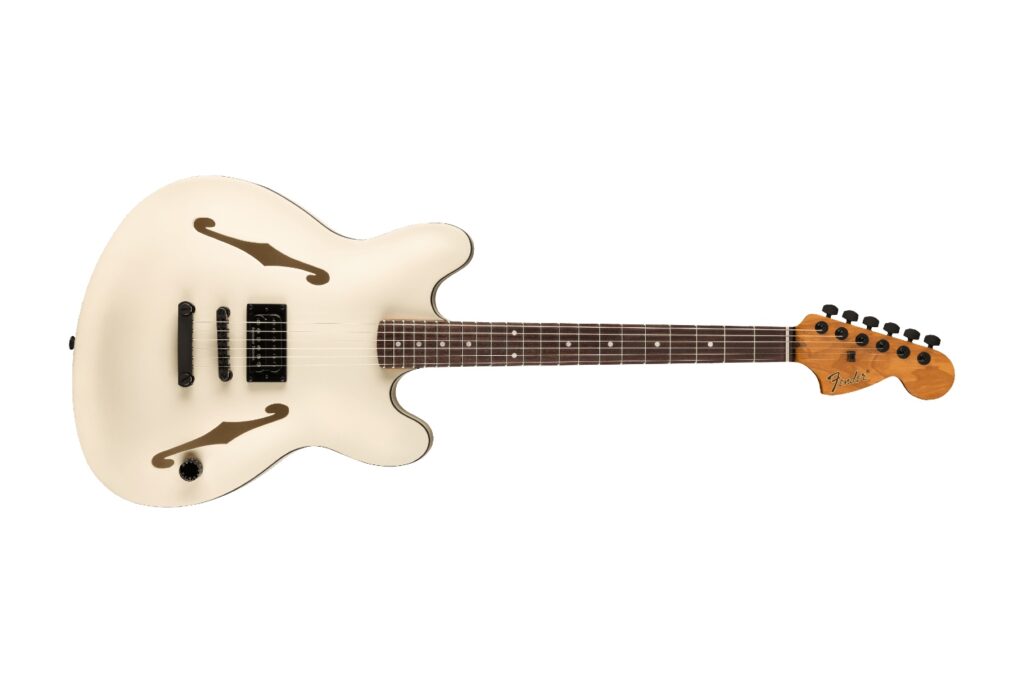Audio-Technica Artist Elite AE3000 | Audio-Technica | RRP: $499.00
When you hear the words ‘Large Diaphragm Condenser ‘, you’d be forgiven for immediately having your mind drift off into the world of the physically imposing vocal mics that have dominated the product category for so long, but to do so would only be telling half of the story.
Read more gear reviews here.
After all, so many of these highly coveted vocal mics have also found a place in front of a whole host of other critical mic-ing applications beyond the human voice, from orchestras to guitar cabs to drum kits and everything in between.
The Audio-Technica AE3000 is a large diaphragm side-address condenser mic with a difference, in that it comes into frame specifically with instruments, serving as both a premium multi purpose microphone and a tracking engineers best friend. A high performance microphone in a very small package creates unique capabilities and delivers brilliant results.
As part of Audio-Technica’s stellar Artist Elite series, the AE3000 is clearly aimed at servicing the broadest possible range of instrumental sources.
With a frequency response of 20 hertz to 20,000 hertz and a cardioid polar pattern, the AE3000 boasts an impressive open circuit sensitivity of -43dB (7.0mV) and a max SPL of 148db, it’s both suited to delicate open air capture and brutal guitar cabinet mic-ing with equal aplomb. Equipped with handy onboard features like a low frequency roll off switch and a pad switch both housed on the sleek gunmetal grey housing, it exudes a professionalism that more than lives up to its ‘Artist Elite’ status.
Similar to other microphones in the Audio-Technica range, the AE3000 is an electret condenser microphone, as the element is permanently polarised. The AE3000 features a fixed charge backplate, milled with very high precision which allows for a significantly smaller diaphragm mass. The lightweight nature of it’s diaphragm translates to some exceptional detail at capture and for instruments like acoustic guitar or live percussion, you’d be hard pressed to find anything more suitable. The quality of the aforementioned capsule also puts the AE3000 realms above other cheaper electret microphone in terms of noise, making it a perfect ASMR microphone as well (if that is your jam).
The AE3000’s most prominent stand out feature is its size, it has an impressive ability to be able to fit in close spaces, where placing a large diaphragm condenser microphone, especially a side address microphone, can be challenging.
The second feature that is important to note is the flat faced grille, which allows for significantly increased proximity to the sound source.
To illustrate how small the Audio Technica AE3000 is, here are some numbers. It weighs a mere 170g (6oz) and is only 115mm by 48mm (4.53” by 1.89”) but don’t let these small numbers distract you from the whopping 158dB max SPL with the pad engaged (148dB otherwise)
Sonically speaking, the AE3000 has a very flat frequency response overall, with a slight bump at 6-8kHz and it is very subtle at around 2-3dB. The frequency response of the AE3000 stays impressively consistent, only rolling off slightly above 15kHz and below 50Hz. This in turn makes it an exceptional microphone for open sounding snares, providing just the right amount of bite in all the right places. Same goes for overheads, where a stereo pair of AE3000’s could be one of the best option in extracting texture and detail from the overall kit sound.
A large component of this product is the wide operating environment of the AE3000. By combining the large diaphragm capsule with an open faced headcase, the AE3000 has a very accurate and open sound. Through managing the proximity effect related to the distance of the AE3000 from the sound source, the AE3000 is able to perform in a range of roles, as drum overheads, on an acoustic guitar or even on amplifiers. It also excels on horns, and on drums such as toms and timpani.
On that note, the AE3000 has been used as a live tom mic by some well known international acts, including Snarky Puppy, Creed, Hoobastank and AC/DC, which should hopefully be enough of an endorsement to justify adding it to your live mic kit.
The AE3000 has a very high maximum Sound Pressure Level (SPL) which allows it to perform well on snare drums, among other things. Utilising the flat grille of the AE3000 it is quite effective at minimising high hat bleed, and due to the diaphragm size it performs well on the toms too, without colouring the sound much.
The high SPL tolerance means that interestingly, the AE3000 has a quite effective usage as a microphone on guitar and bass amplifiers, with the proximity effect adding thickness to the low mids. Pulling the mic back by a few inches will allow for the ideal balance of low frequencies and mids by reducing the proximity effect as needed.
On acoustic instruments, particularly guitar, the best method I have found is to start at a longer range, 1-2 feet and bring it close until it starts sounding too boomy. My acoustic is particularly mellow and the sweet spot for me was around 1 foot from the face of the guitar, and in line with the 18th few, angled at the base of the fretboard slightly.
To describe the perfect usage of a microphone is a false concept, but with the Audio-Technica AE3000 the classic saying of “the louder the better” rings true, as it excels in high SPL environments and is well and truly up to the task with its max SPL rating of 158dB (with Pad). There are very few scenarios where you will be limited by the max SPL of the Audio Technica AE3000.
For a large diaphragm condenser microphone the AE3000 performs superbly and at the asked price, it is a serious and professional option providing features and performance expected of a higher budget microphone. It is highly capable in a large range of environments and would be a valuable asset to any musician’s microphone cabinet.
For more information, head to Audio-Technica.
